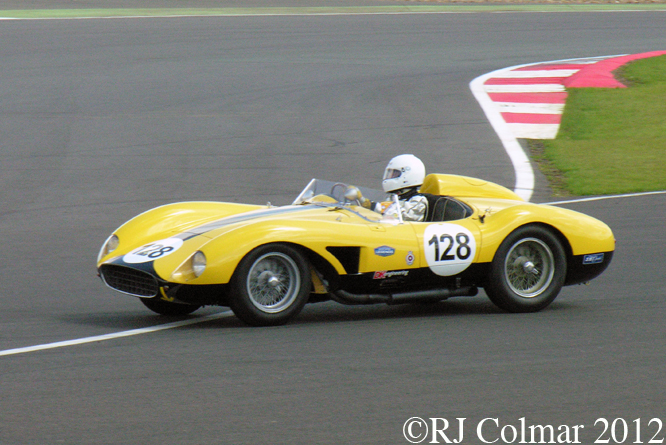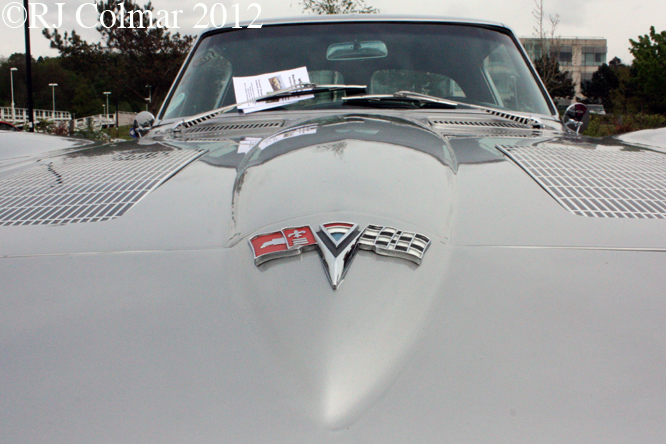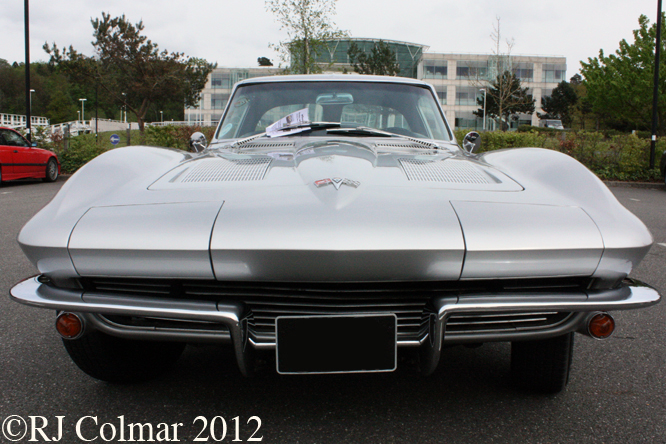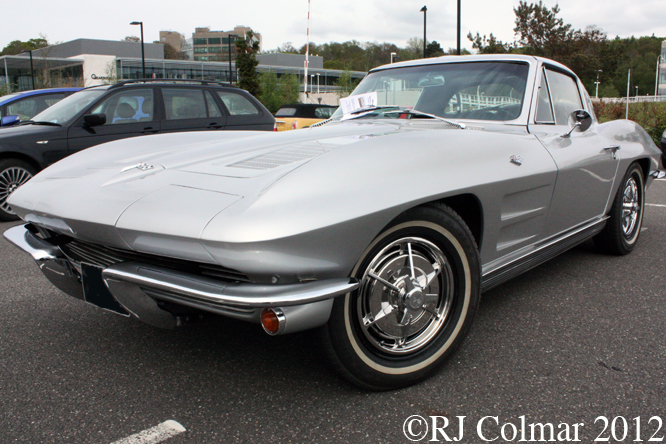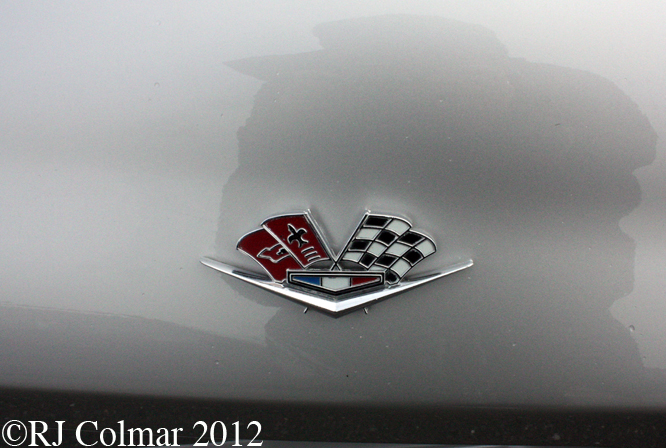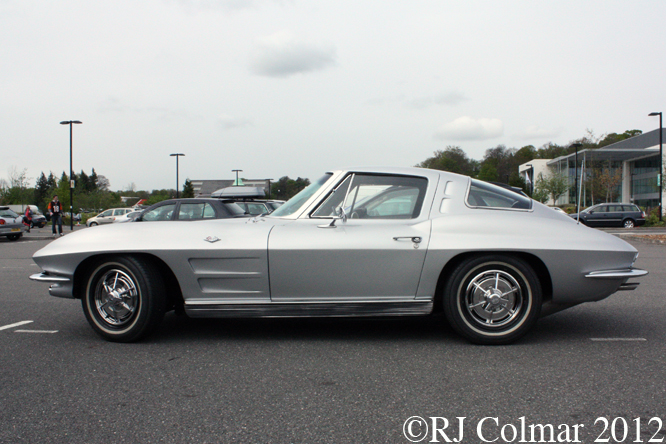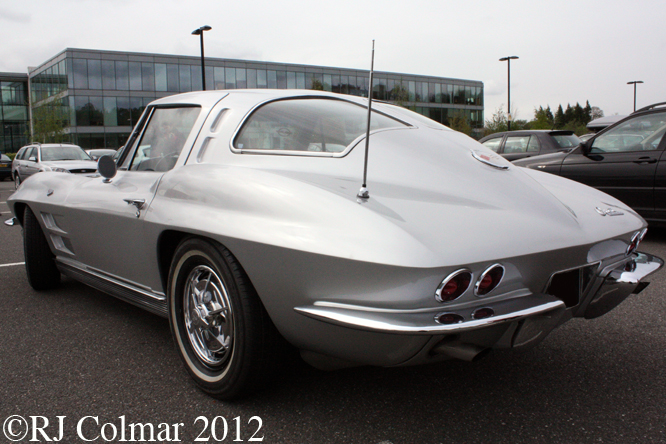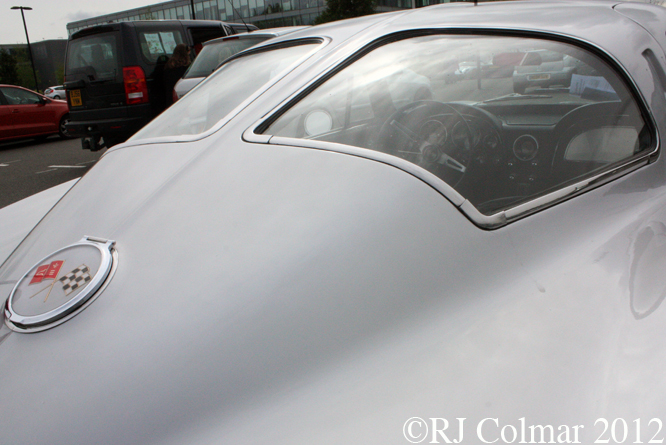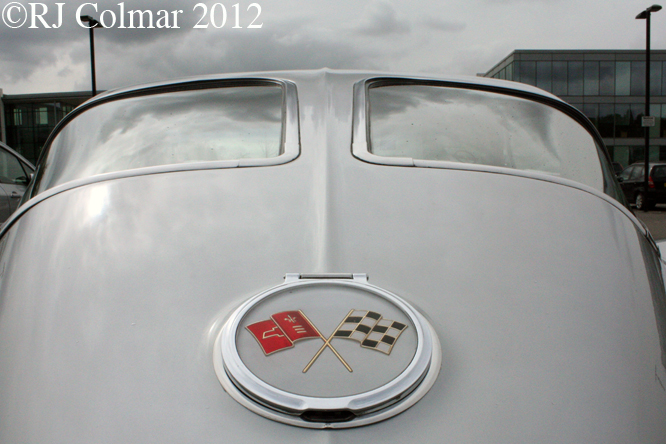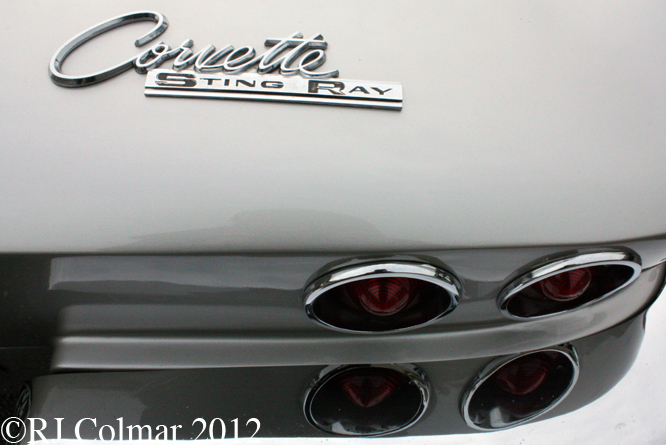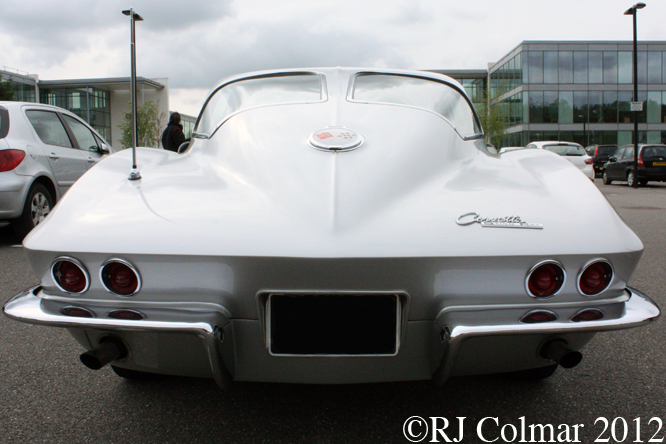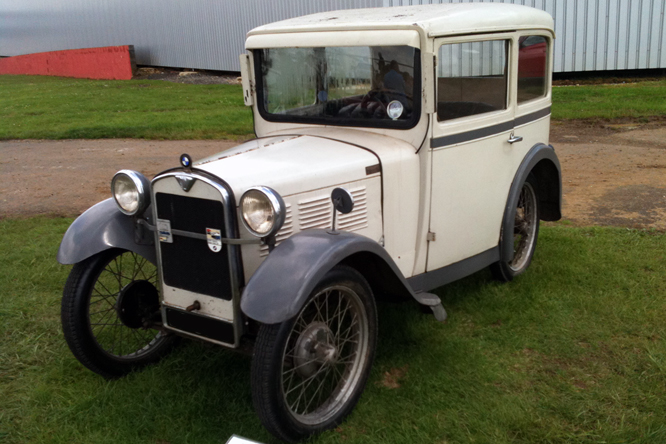The Ferrari 500 TRC was the last of a line of 4 cylinder sports racing cars built by Ferrari between 1953 and 1957.
Today’s featured 500 TRC chassis #0682MDTR, seen above at the recent Silverstone Classic where it was driven by David and James Cottingham, was built for Belgian entrant Jaques Swatters in 1957.
The high light of Swatters “Ecurie Francochamps” 1957 season was the class win, 7th overall, recorded at Le Mans with Lucien Bianchi and Georges Harris at the wheel of #0682MDTR.
The following season Gaetano Starraba acquired the car and with Franco Cortese finished 7th overall, 1st in class, in the 1958 Targa Florio.
Starrabba returned to the Targa the following year with Domenico Lo Coco however the car was wrecked in accident which ended it’s ‘in period history’.
Present owner David Cottingham next appeared with the car in Classic and Sportscar in 1991 and he has raced this most famous of TRC’s regularly ever since.
Thanks for joining me on this “Le Mans & Targa Class Winner” edition of “Gettin’ a li’l psycho on tyres” I hope you will join me again tomorrow. Don’t forget to come back now !

